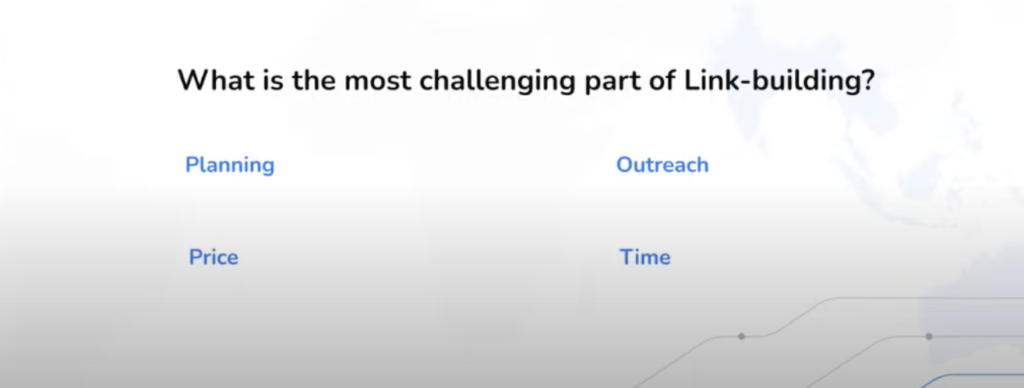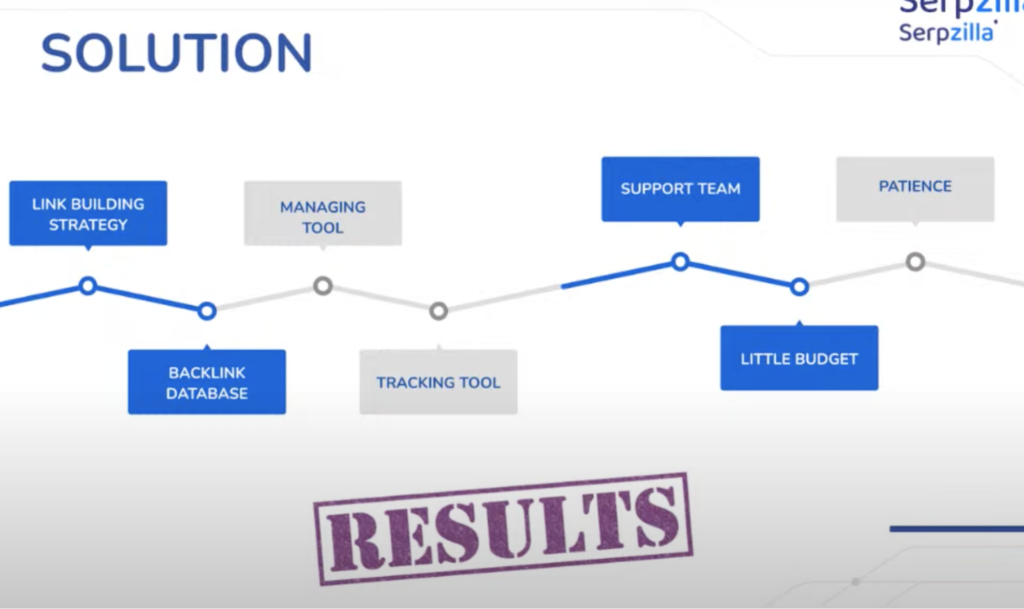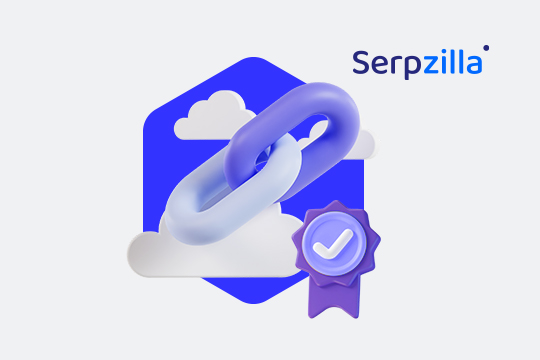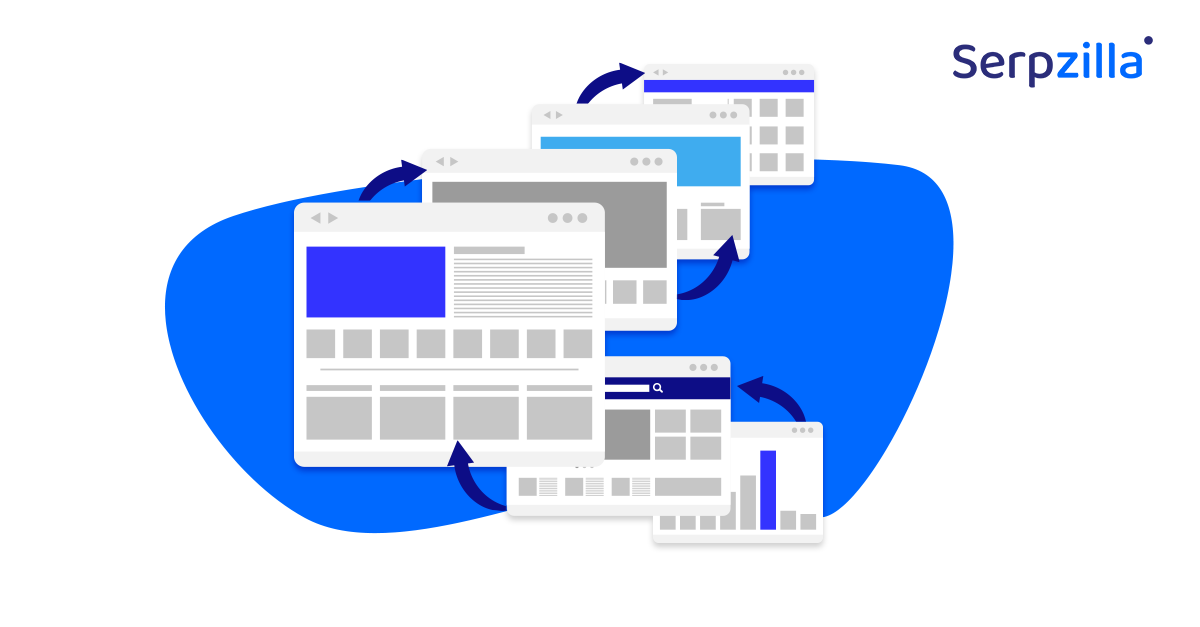Throughout the constantly moving digital landscape, SEO has remained a crucial strategy that helps to drive organic traffic and increase key aspects of visibility. SEO is often more broadly categorized into two key aspects: off-page and on-page tactics. While on-page SEO focuses on optimizing individual web pages, off-page SEO revolves around activities outside the website that impact its rankings. This article dives deep into off-page SEO, with a particular emphasis on link building, the challenges associated with it, and the tools available for managing and tracking progress.
The Importance of Off-Page SEO
Off-page SEO is essential because it shows to search engines that your website is credible and authoritative. This is primarily achieved through backlinks—links from other websites to yours. These backlinks act as endorsements, indicating that your content is credible and worth referencing across various sites. As a result, search engines like Google are more likely to rank your site higher in search results as they see you as highly credible.
Understanding Link Building
Link building is the process of acquiring these valuable backlinks. It can significantly boost your site’s authority and search engine rankings. Effective link building involves earning links from reputable and relevant websites. This can be achieved through various strategies such as guest posting, content marketing, outreach campaigns, and leveraging relationships with influencers.
1. Guest Posting: Writing articles for other websites in exchange for a backlink to your site. This is perhaps the most common strategy for link building growth.
2. Content Marketing: Creating high-quality content that naturally attracts links and a bigger audience.
3. Outreach Campaigns: Reaching out to website owners or bloggers to promote your content and request backlinks can be a successful way to ensure those all-important backlinks.
4. Influencer Relationships: Collaborating with influencers who can link to your site and spread your name further.
Challenges in Link Building
Despite its benefits, link building is caught up with a number of challenges. Here are some of the most common hurdles:
1. Quality vs. Quantity: It’s not enough to have a high number of backlinks; they must be from authoritative and relevant sites. Low-quality or spammy links WILL do more harm than good.
2. Content Creation: Producing high-quality, link-worthy content consistently requires time, effort, and creativity. Adopt a proactive approach to this practice.
3. Relationship Building: Establishing connections with digital experts and influencers is time-consuming and often met with rejection.
4. Algorithm Changes: Search engine algorithms are constantly moving on, updating, and evolving, and strategies that work today might not be effective tomorrow.
5. Competition: The digital landscape is a highly competitive one, making it challenging to stand out and earn backlinks.

Effective Strategies for Overcoming Link Building Challenges
To navigate these challenges, it’s essential to adopt a strategic approach:
1. Focus on High-Quality Content: Create content that is not only informative and valuable but also engaging and shareable. Infographics, comprehensive guides, and original research tend to attract more backlinks as they make the content more readable and engaging.
2. Leverage Existing Relationships: Utilize your network to gain initial traction. Friends, colleagues, and industry connections can provide valuable backlinks that may prove to help you more than previously expected.
3. Utilize Digital PR: Working alongside public relations experts can help you gain coverage and backlinks from high-authority media outlets.
4. Monitor Competitor: Analyze your competitors’ backlink profiles to identify potential link opportunities.
5. Be Persistent: Link building is a long-term game whereby short time gains will always spell disaster. Consistent effort and follow-up are key to success.
4 Leading Tools for Link Building
Effective link building requires proactive management and tracking. Various tools can help streamline these processes, making it easier to achieve your SEO goals with less effort.
1. Ahrefs: This comprehensive SEO tool offers a number of key features for link building. You can analyze competitors’ backlink profiles, find link opportunities, and track the health of your backlink portfolio.
2. Moz: Perhaps the most common of all mentioned, Moz provides tools for link analysis, keyword research, and SEO audits. Its Link Explorer tool is incredibly handy for identifying link opportunities and monitoring your site’s backlink profile.
3. SEMrush: SEMrush offers a suite of tools for keyword research, competitor analysis, and link building. Its Backlink Analytics tool provides insights into your competitors’ link-building strategies. Be sure to utilize competitor analysis.
4. BuzzStream: BuzzStream is an outreach and relationship management tool that is rapidly gaining popularity. It helps you manage communications with webmasters, track outreach campaigns, and follow up efficiently.

Using tools to increase productivity
In order for these tools to be effective, it is important to combine them into an integrated link-building strategy:
1. Set Tangible Goals: Define what you are aiming for with your network building efforts. This could be to increase domain authority, increase traffic, or improve rankings for specific keywords.
2. Regular Monitoring: Use tools like Ahrefs and SEMrush to monitor your backlink profile regularly. This helps identify new links, missing links, and potentially spammy links to reject.
3. Competitor Analysis: Use the tools to monitor your competition. Identify where they are getting their connections and look for similar opportunities.
4. Outreach Management: Use BuzzStream to better manage your outreach campaigns. Monitor communications, set up follow-up reminders, and analyze the success of your campaigns.
5. Content Strategy Alignment: Align your content strategy with your link-building goals. Create content that is likely to attract connections, such as detailed guides, case studies, and original research.
Boost your SEO results! Link building has become fast and easy with Serpzilla. Buy quality backlinks on authority websites with high DR.

Conclusion
Link building, one of the most important aspects of backend SEO, offers tremendous rewards but also poses significant challenges. By focusing on quality over quantity, using relationships, and using advanced SEO tools, you can overcome these obstacles and achieve amazing results with little effort Growth, persistence, and strategic use of technology is key to developing a strong backlink profile that powers your website and search engine ranking Increases.
Behind-the-scenes SEO and link building is a long-term investment. However, with the right strategies and tools, you can streamline your efforts, track your progress, and ultimately see significant improvements in your SEO performance. The mantra of “less effort, more results” can be found in a smart, tool helpful approach to sticking room with behind-the-scenes SEO.








